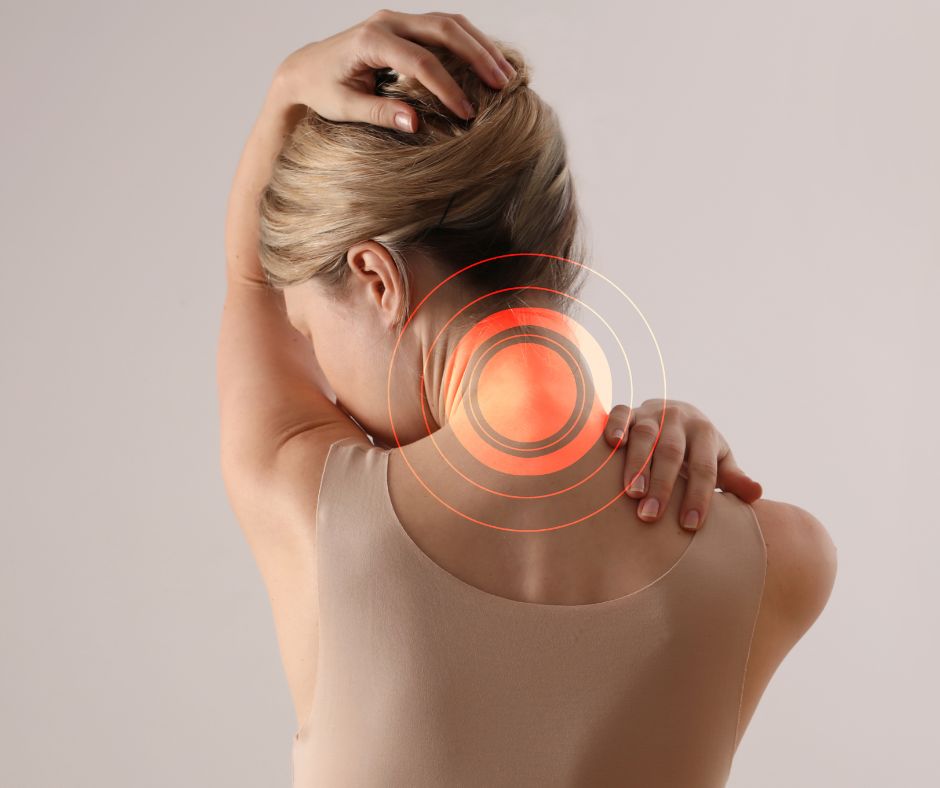Osteopathy is a holistic approach to healthcare that focuses on the relationship between the body’s structure and its function. Osteopaths are trained healthcare professionals who use manual techniques to diagnose, treat, and prevent a wide range of conditions.
Here, we will explore some of the common conditions that osteopaths often encounter and how they approach each condition. We will also discuss potential post-treatment exercises that osteopaths may recommend for optimal recovery.
1. Lower Back Pain
Lower back pain is one of the most prevalent musculoskeletal conditions seen by osteopaths. Osteopaths approach this condition by conducting a thorough assessment to identify the underlying causes.
This may involve evaluating the spine, pelvis, and surrounding muscles and tissues. Treatment techniques may include soft tissue manipulation, joint mobilization, and spinal adjustments to restore balance and alleviate pain.
Osteopaths may also recommend specific exercises to improve core stability and flexibility, such as pelvic tilts, bridges, and gentle stretching routines.
2. Neck Pain and Headaches
Neck pain and headaches often arise from poor posture, muscle tension, or joint dysfunction. Osteopaths address these conditions by employing techniques like gentle stretching, joint mobilization, and muscle release techniques to reduce pain and restore normal function.
They may also provide advice on ergonomics and posture correction. Post-treatment exercises may involve neck and shoulder stretches, strengthening exercises for the upper back and neck muscles, and relaxation techniques such as deep breathing exercises.
3. Sports Injuries
Osteopaths frequently treat athletes with various sports-related injuries, such as sprains, strains, and overuse injuries. Their approach involves a combination of hands-on techniques, such as soft tissue manipulation, joint mobilization, and muscle energy techniques, to restore joint mobility and improve tissue healing.
Additionally, osteopaths may recommend specific exercises to strengthen weakened muscles, improve flexibility, and enhance overall performance. These exercises may include sport-specific training, balance exercises, and proprioceptive training.
4. Joint Conditions (Arthritis)
Osteoarthritis and other joint conditions can significantly impact a person’s quality of life. Osteopaths employ a multidimensional approach to manage joint conditions, including gentle joint mobilization, soft tissue techniques, and advice on lifestyle modifications.
Osteopaths may also recommend exercises that focus on improving joint stability, range of motion, and muscle strength. Low-impact activities like swimming, cycling, and tai chi are often recommended to reduce joint stress while maintaining overall fitness.
5. Pregnancy-Related Discomfort
Pregnancy can bring about various musculoskeletal issues such as back pain, pelvic girdle pain, and postural imbalances. Osteopaths provide specialized care for pregnant individuals, employing gentle techniques to relieve pain and discomfort.
Treatment may involve pelvic and spinal adjustments, myofascial release, and exercises to improve core strength and stability. Osteopaths may also offer advice on posture, ergonomics, and safe movements during pregnancy.
Final Thoughts
Osteopaths are skilled healthcare professionals who utilize manual techniques and a holistic approach to diagnose, treat, and prevent a wide range of conditions.
By focusing on the interplay between the body’s structure and function, osteopaths aim to restore balance, alleviate pain, and enhance overall well-being. The post-treatment exercises recommended by osteopaths play a crucial role in improving strength, flexibility, and functional capacity, facilitating a patient’s recovery and long-term health.
Please note that the information provided in this article is for educational purposes only and should not replace professional medical advice. If you are experiencing any health issues, it is recommended to consult with a qualified osteopath or healthcare provider for an accurate diagnosis and personalized treatment plan.
